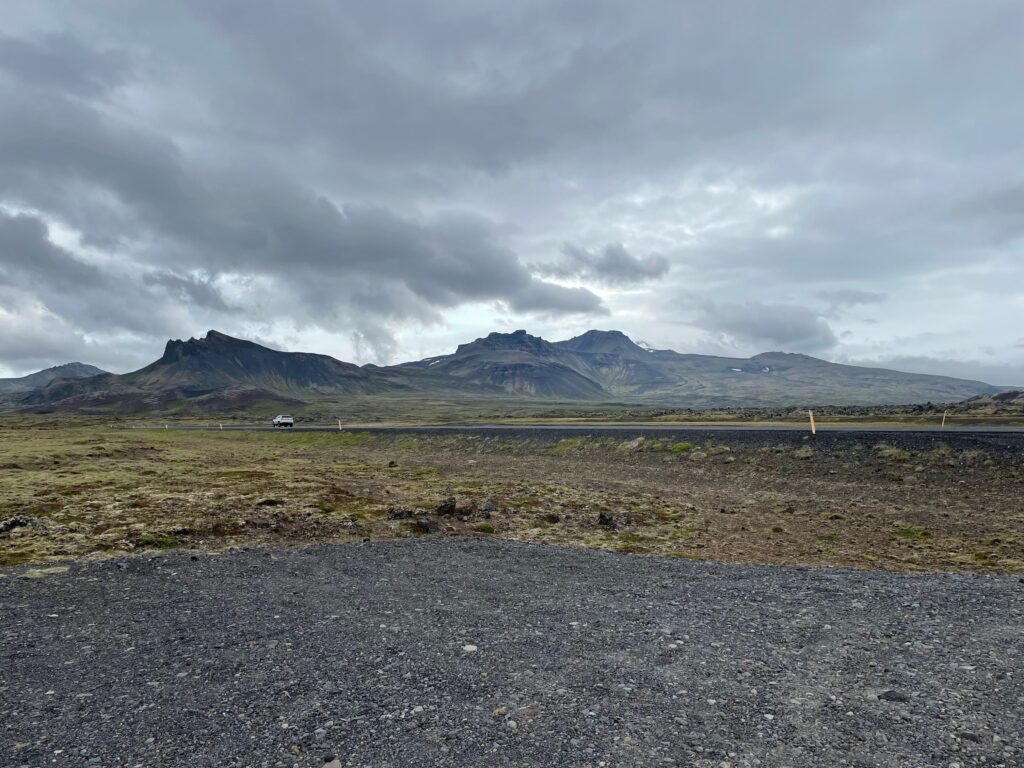Travel and safety advice

Traffic and stay
Special rules for the movement of people and stay in Snæfellsjökull National Park which are established in accordance with clause 2. paragraph 81. art. Act no. 60/2013 on nature conservation are the following:
- Always follow defined travel routes where they exist.
- The Environment Agency is authorized to temporarily close sensitive areas, due to vegetation protection, biodiversity protection or imminent danger, and to direct visitors to the area through other routes.
- Those who intend to set up night shelters for horses should apply for a permit from the national park. The same applies to those who plan to take a group larger than twenty horses around the area. Permits are applied for on the national park’s website.
- In general, overnight stays and camping are not allowed inside the national park, and travelers are advised to camp in its vicinity. People who enter the national park on foot or by bicycle with all their luggage are, however, permitted to camp in traditional camping tents for one night at defined camping sites cf. advertisement 935/2021. If there are more than three tents, an organized group trip or if camping for more than one night, the National Park’s permission is required. A campsite refers to the fact that it is not an organized campsite.
- To protect the national park’s biodiversity and to cause as little disturbance as possible to visitors, helicopters are only allowed to land within the national park at certain times and at defined landing points. A permit from the Environment Agency is required for exceptions to that rule.
- Due to biodiversity protection and to ensure a good visitor experience, it is prohibited to fly remote-controlled aircraft within the national park during the period 15. April – 15 September except with permission from the Environment Agency. The ban applies to the area along the coast and below Útnesvegar. The area will be marked on the map of the national park. Exempted from the ban are search and rescue operations, activities of the Coast Guard, cf. regulation no. 60/1998 and regulation no. 1185/2012 and the institutions that carry out statutory research and control functions with natural and cultural monuments.
